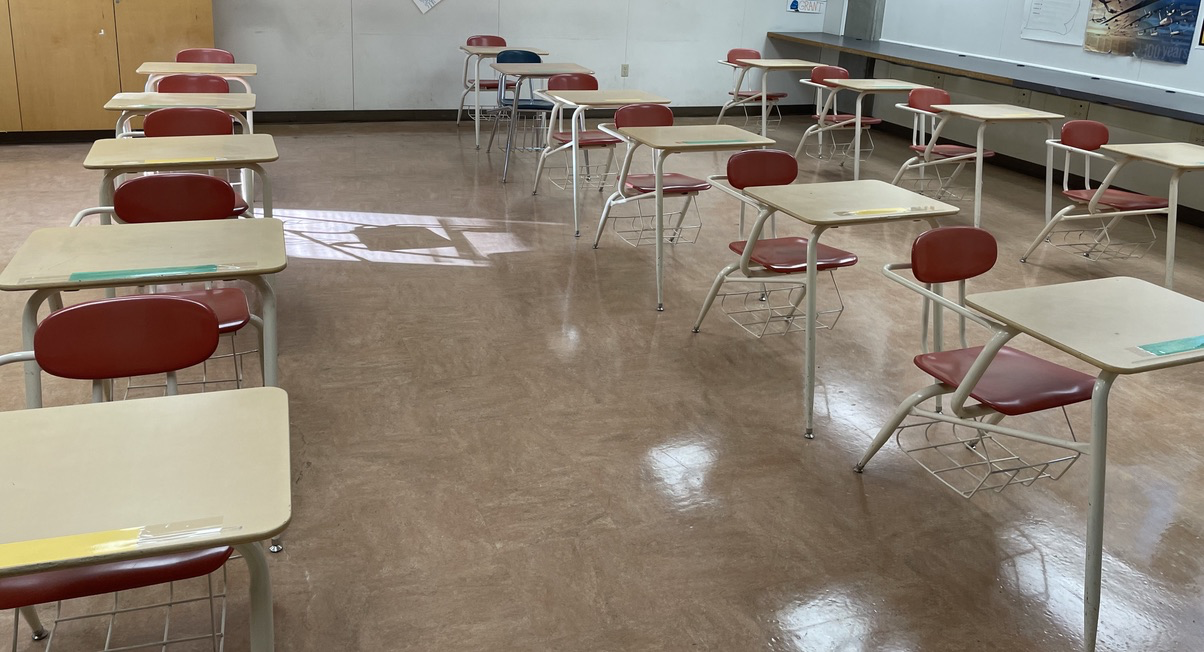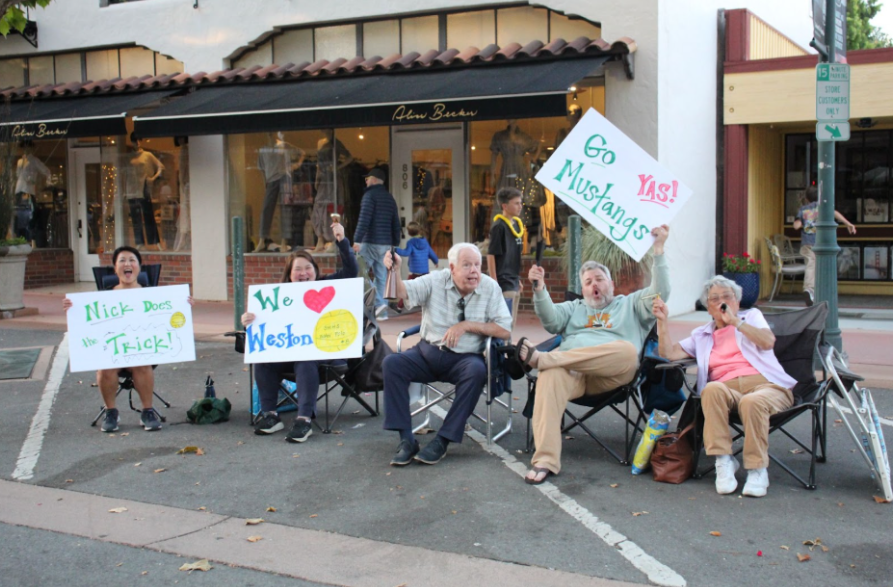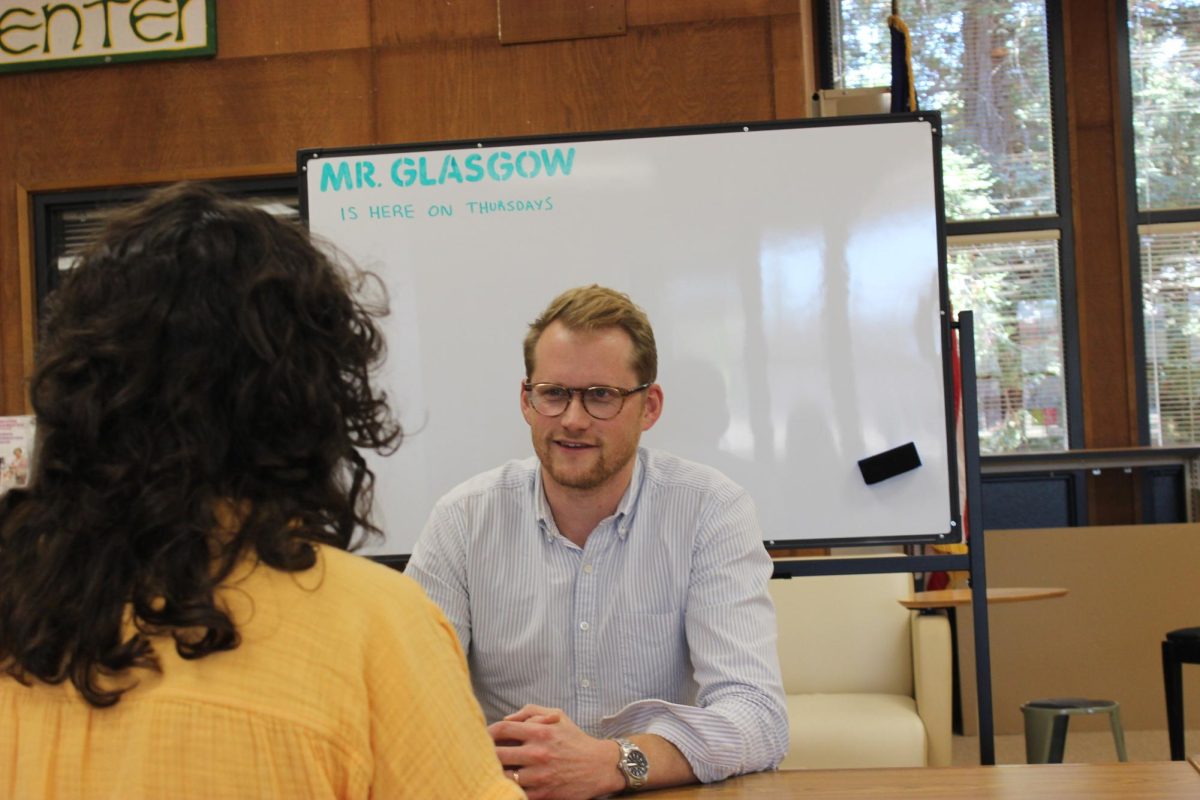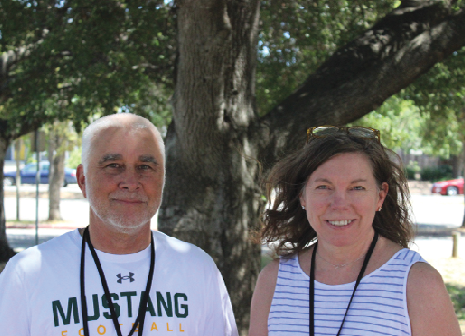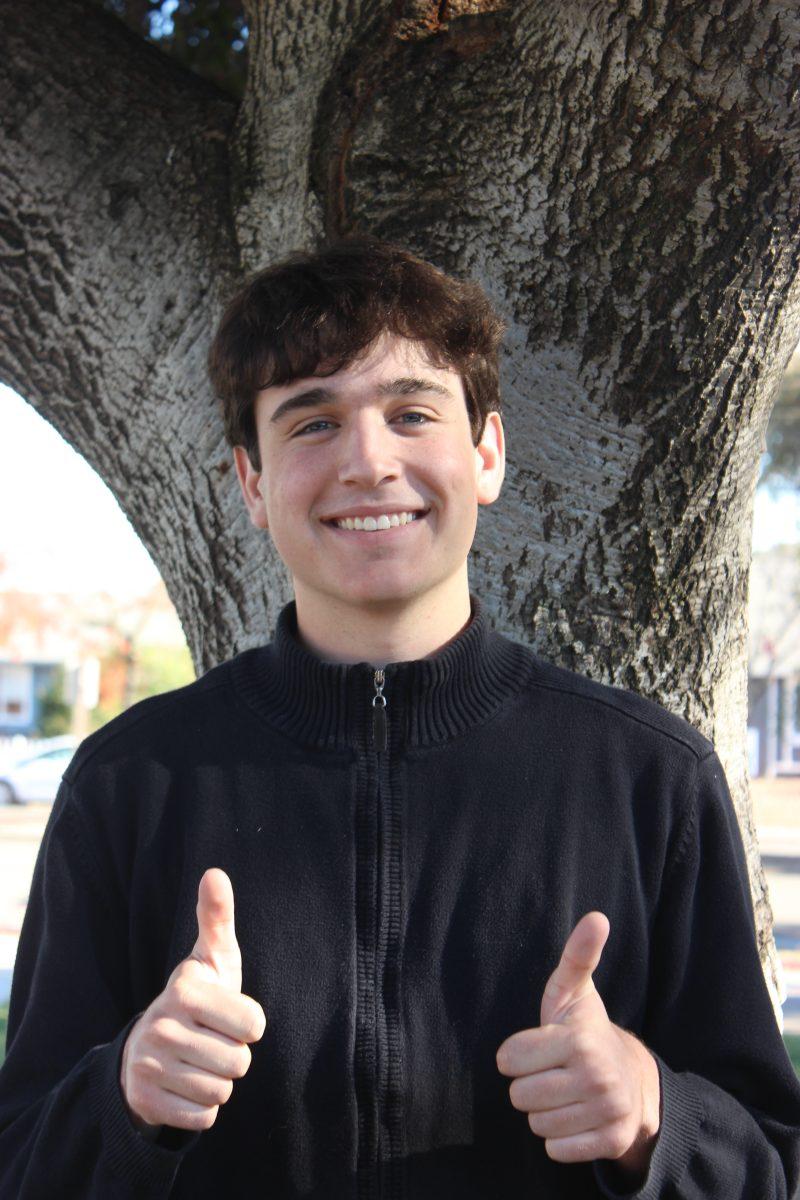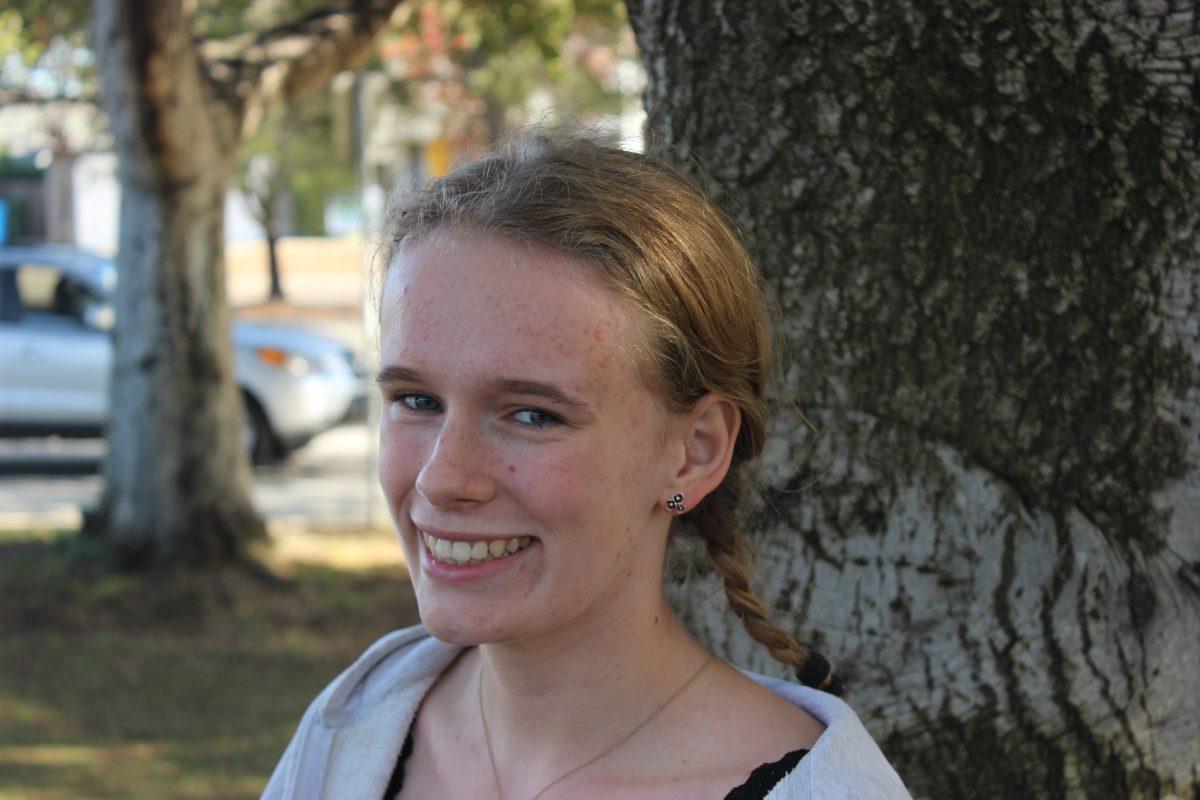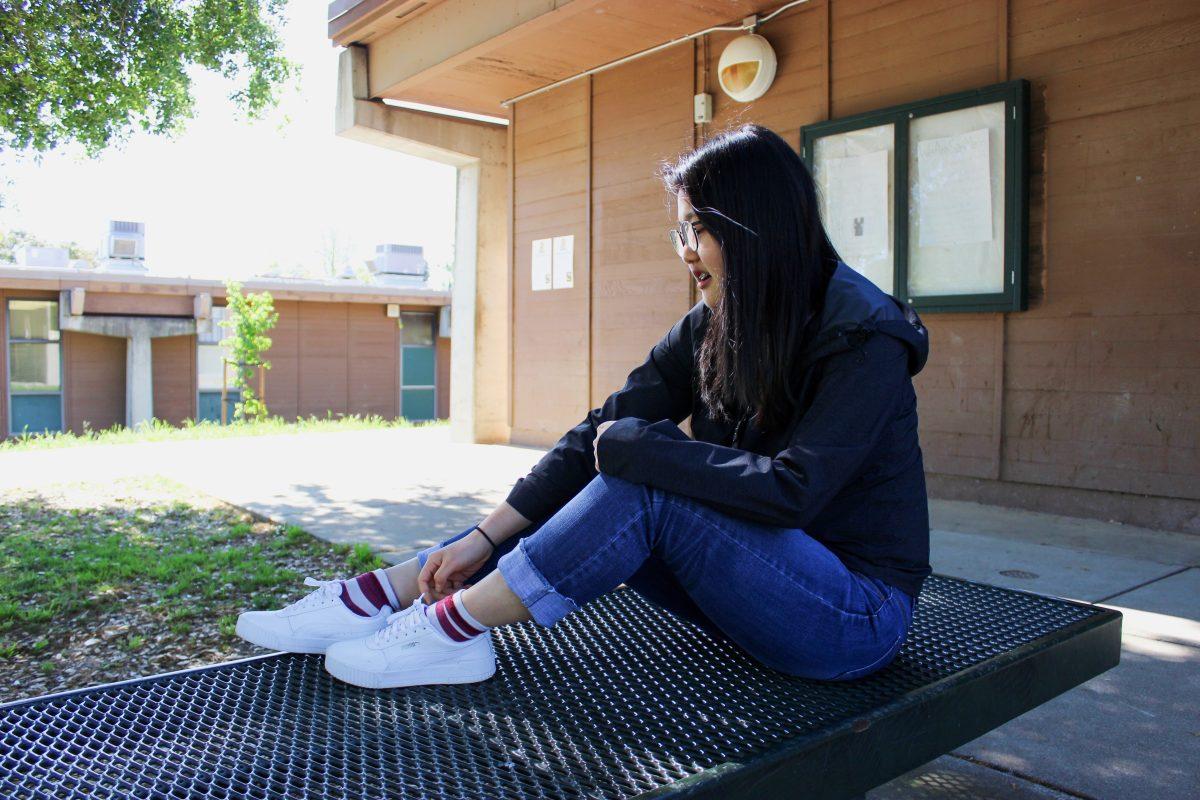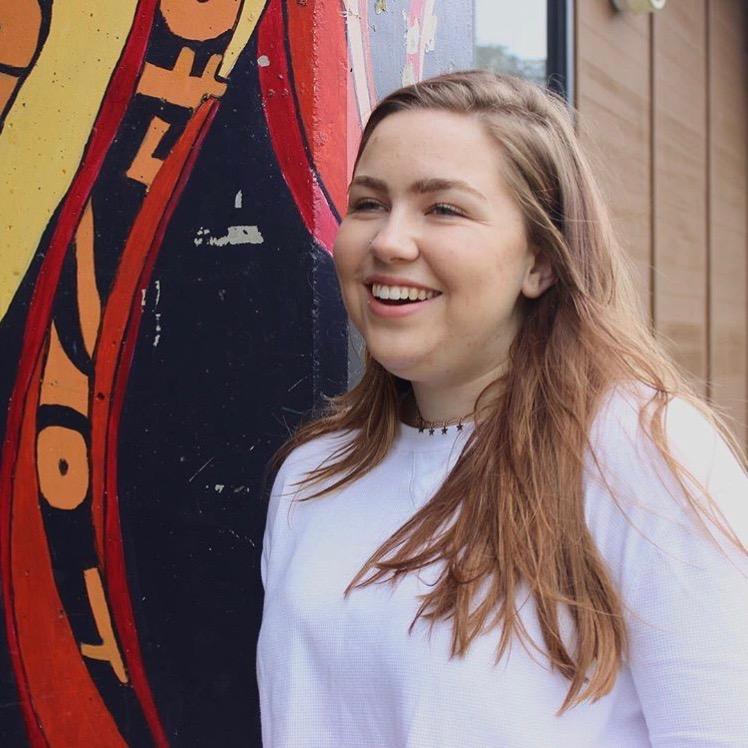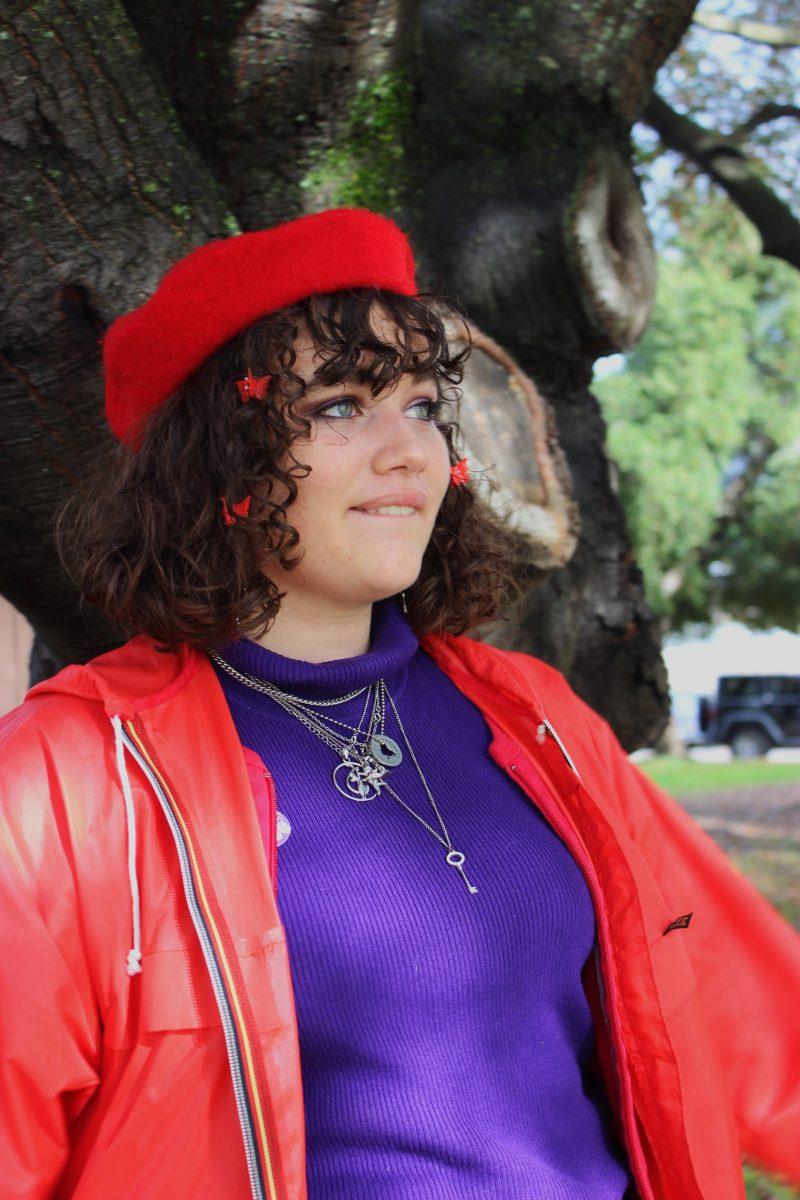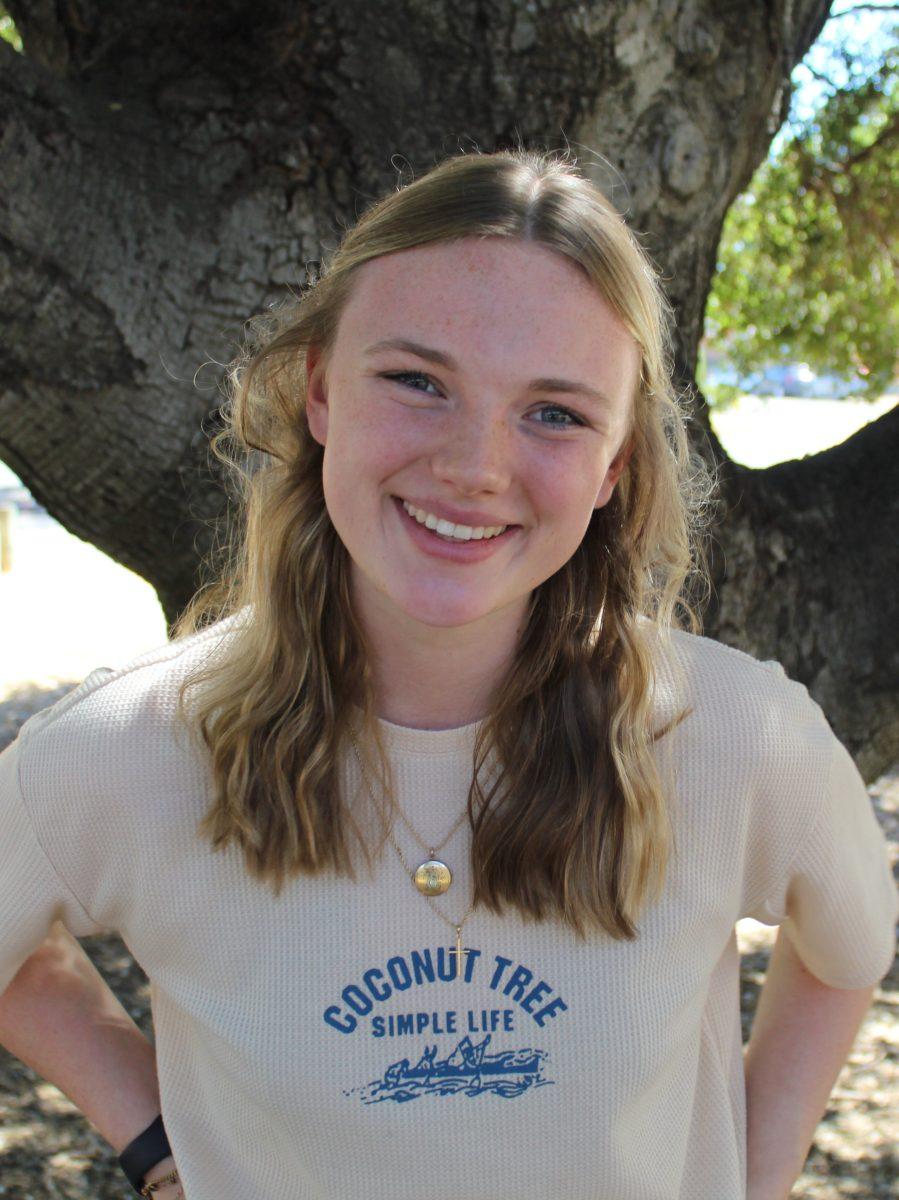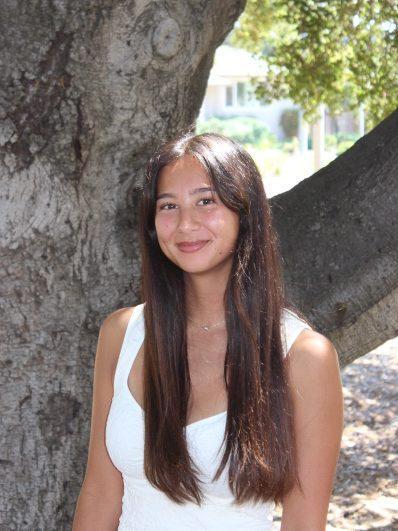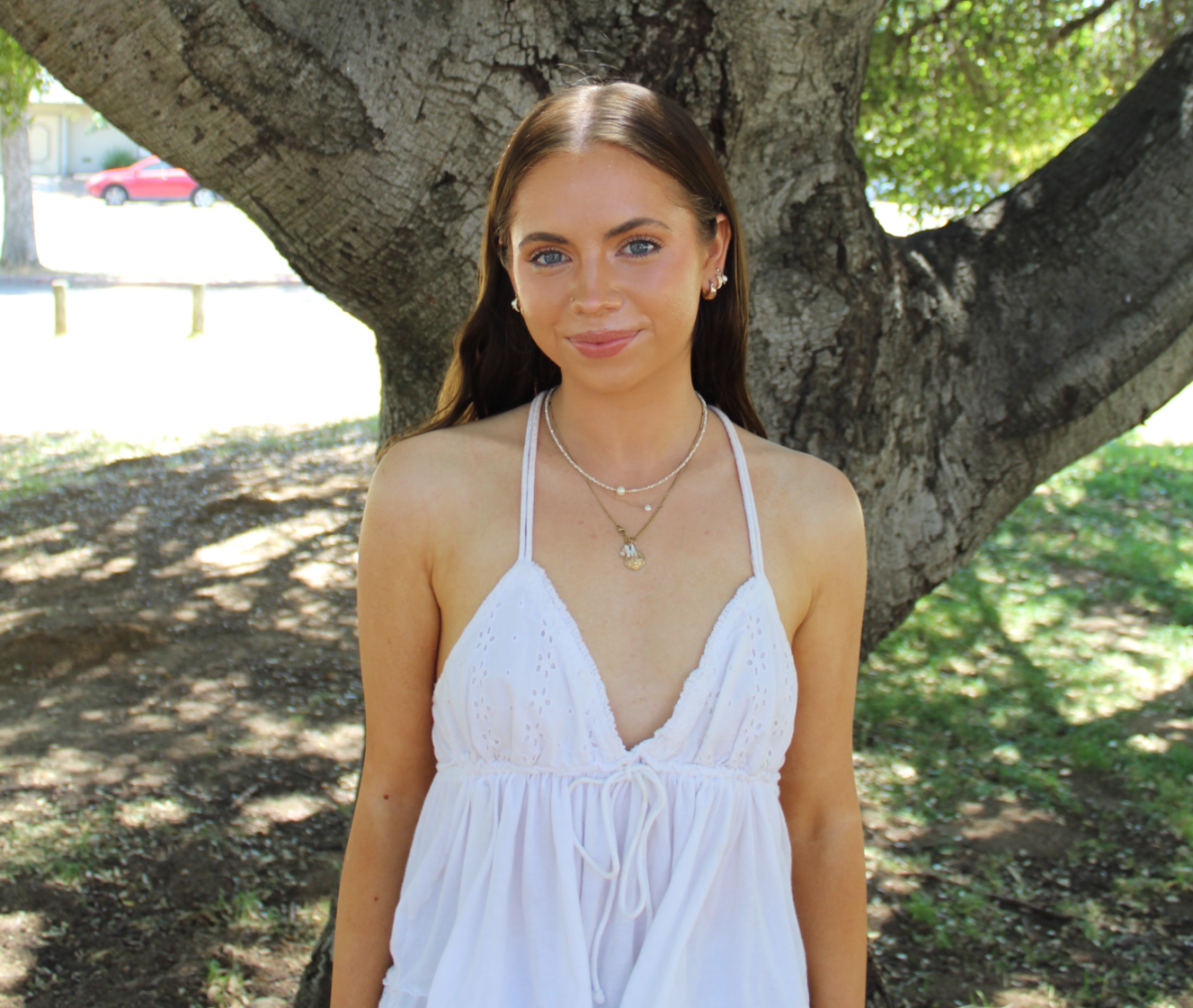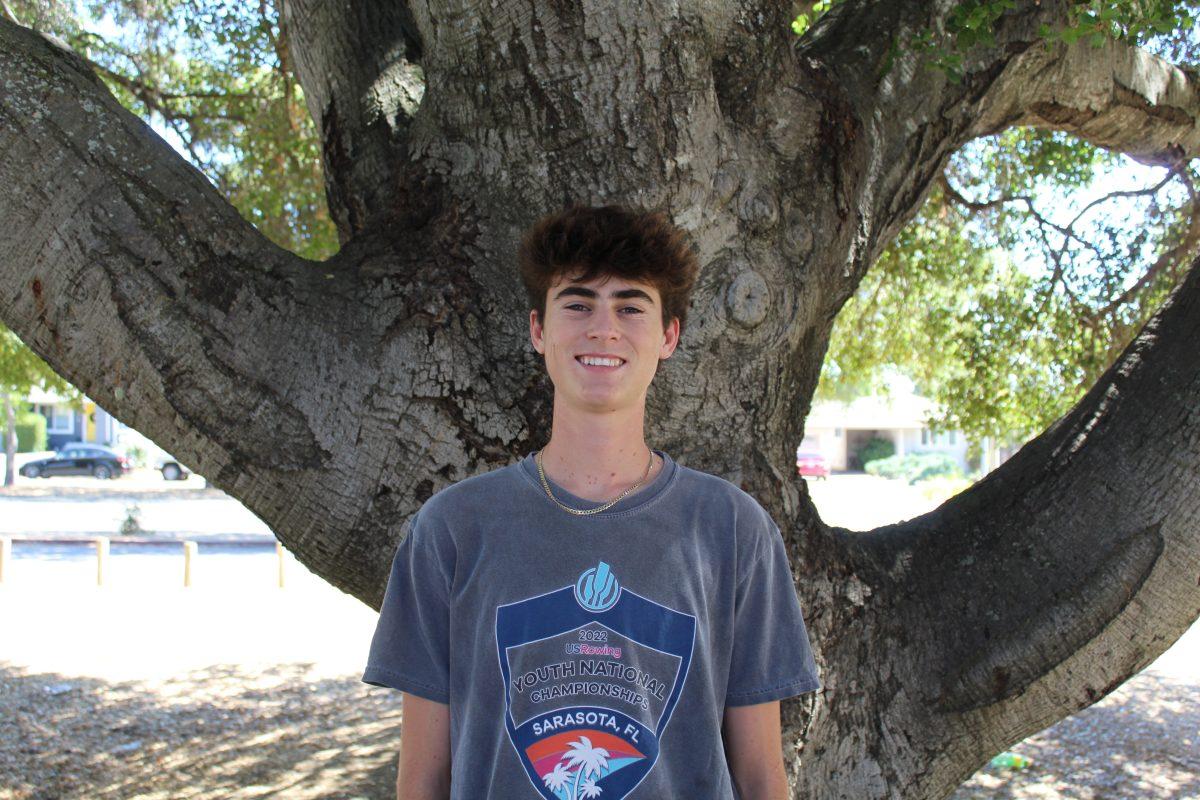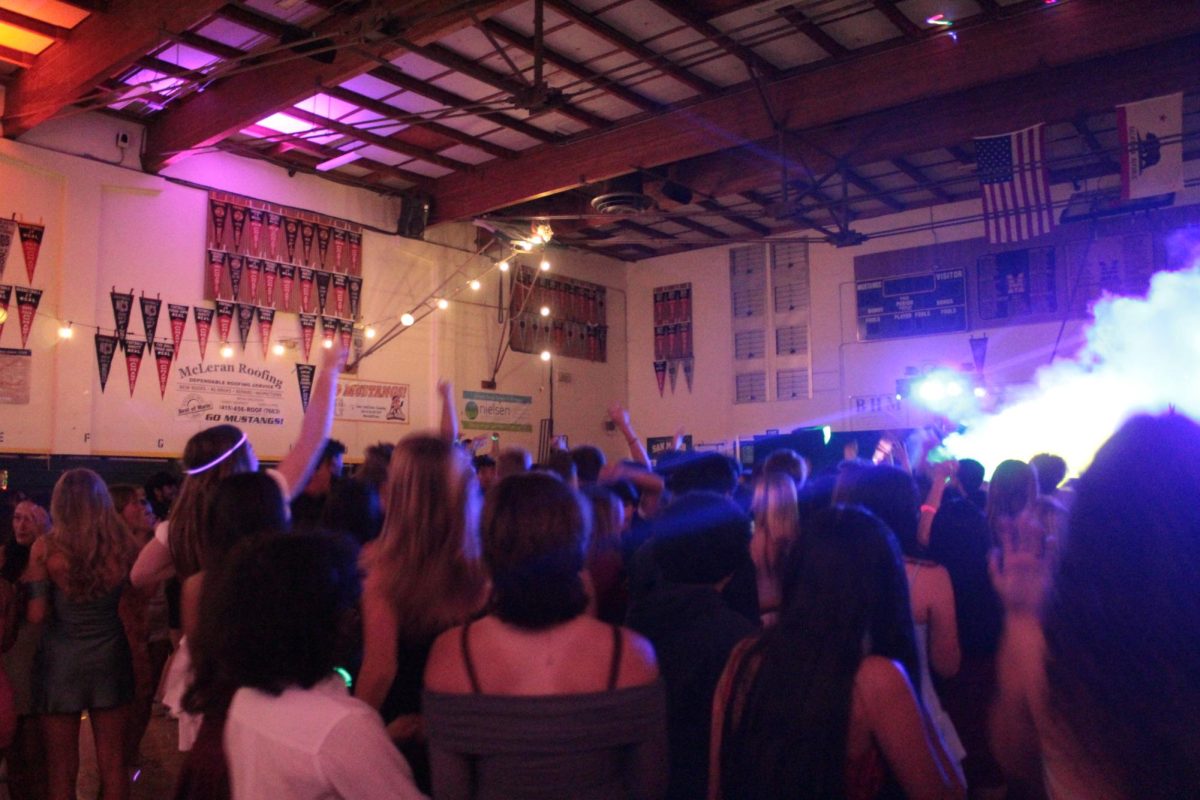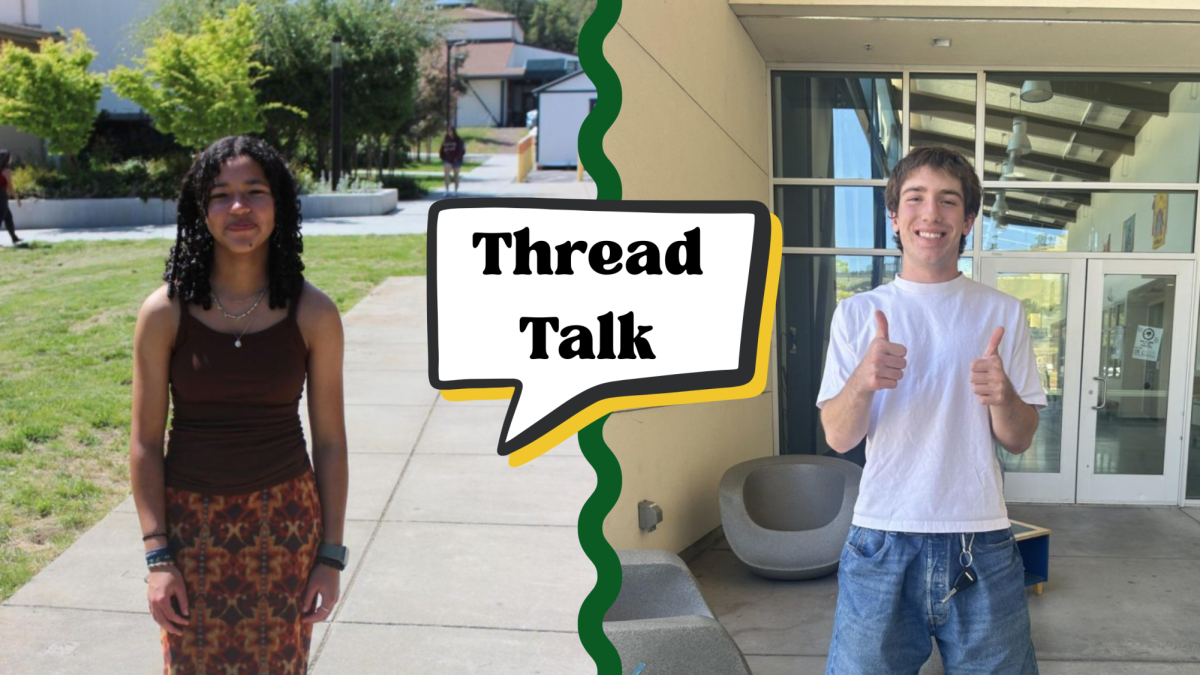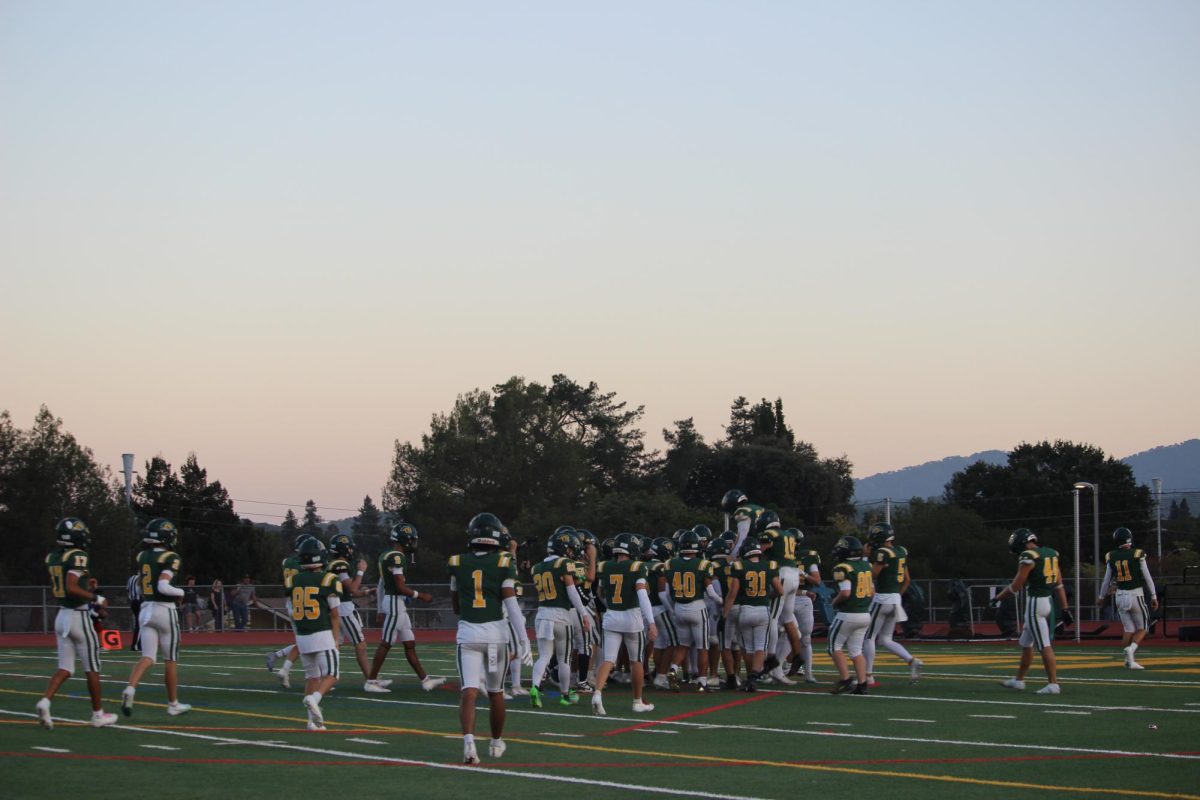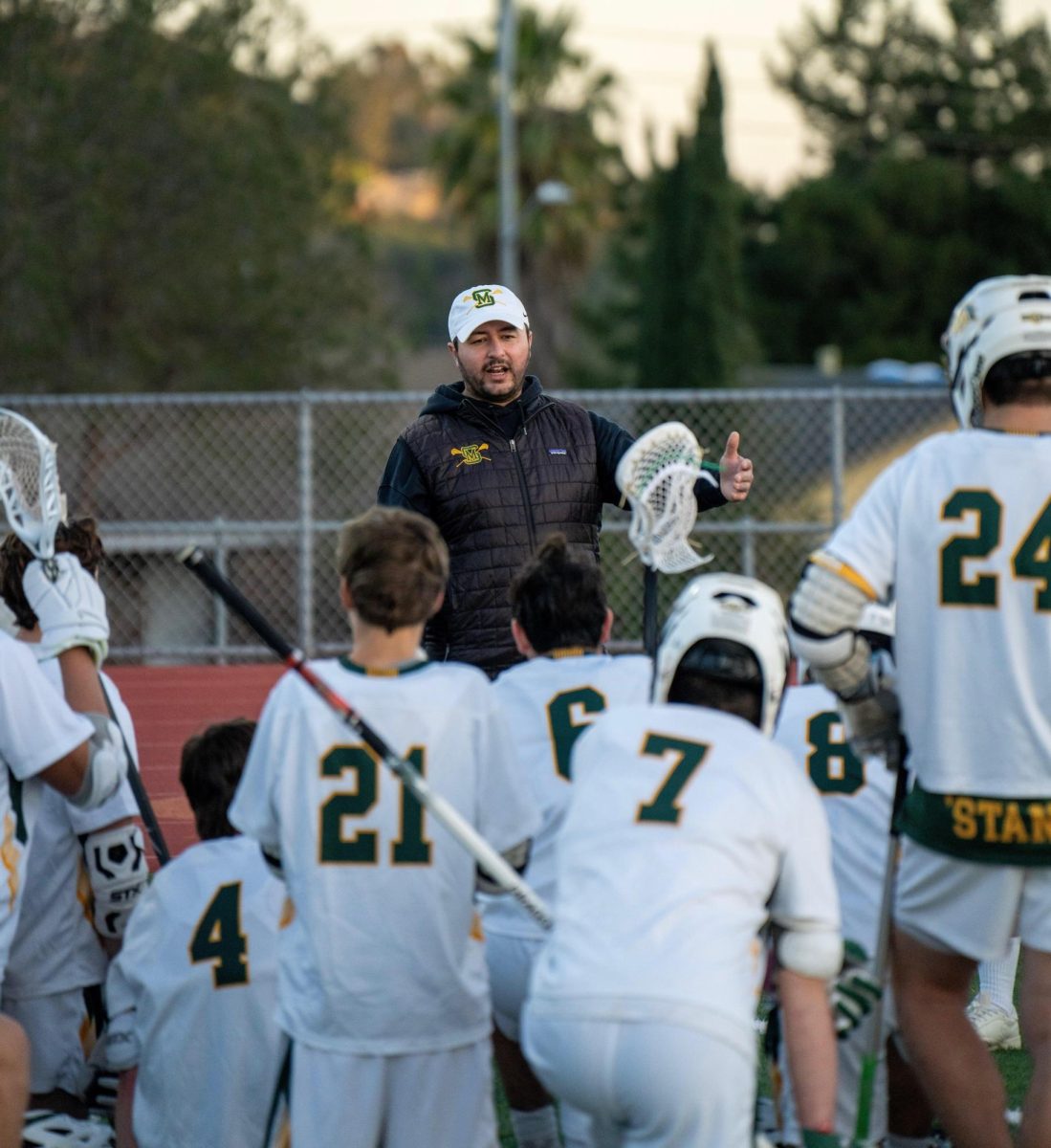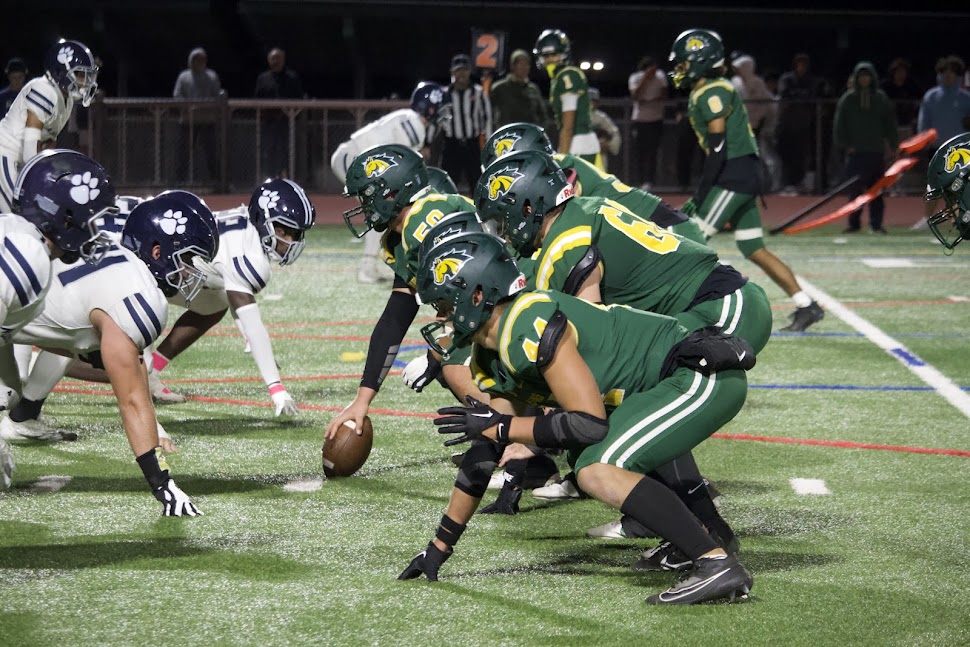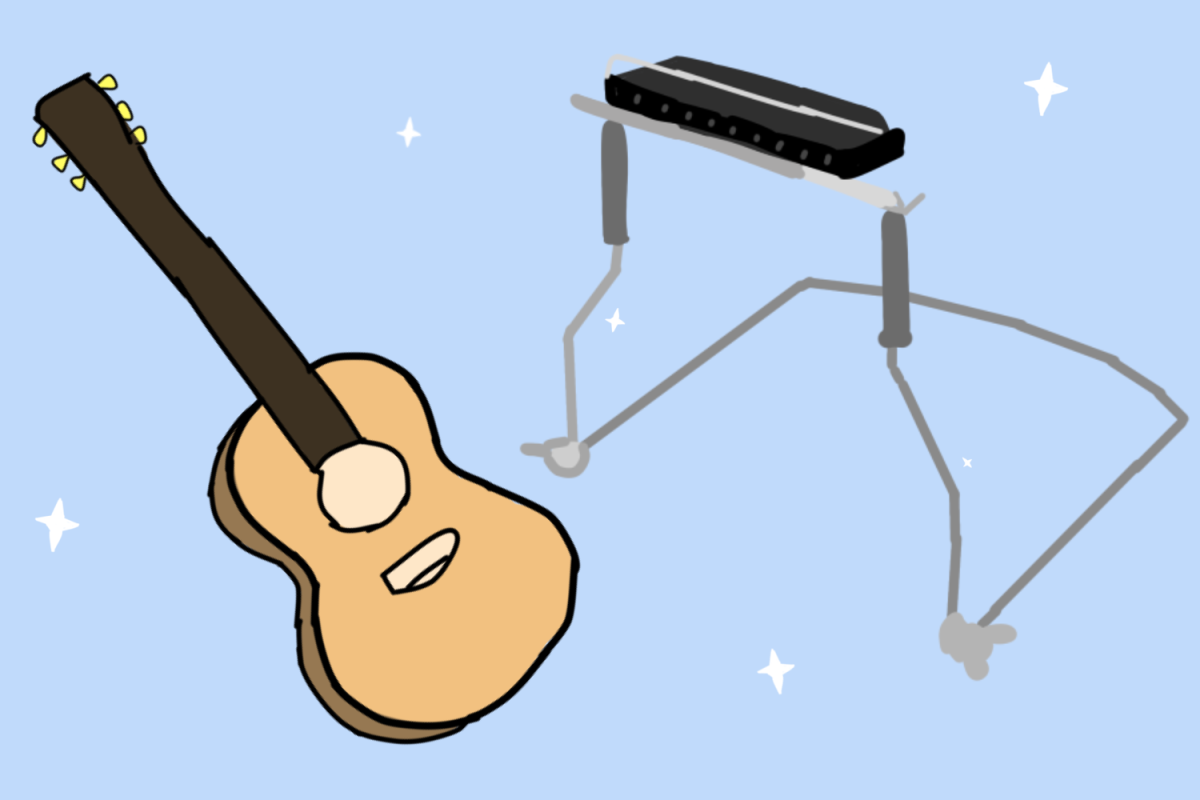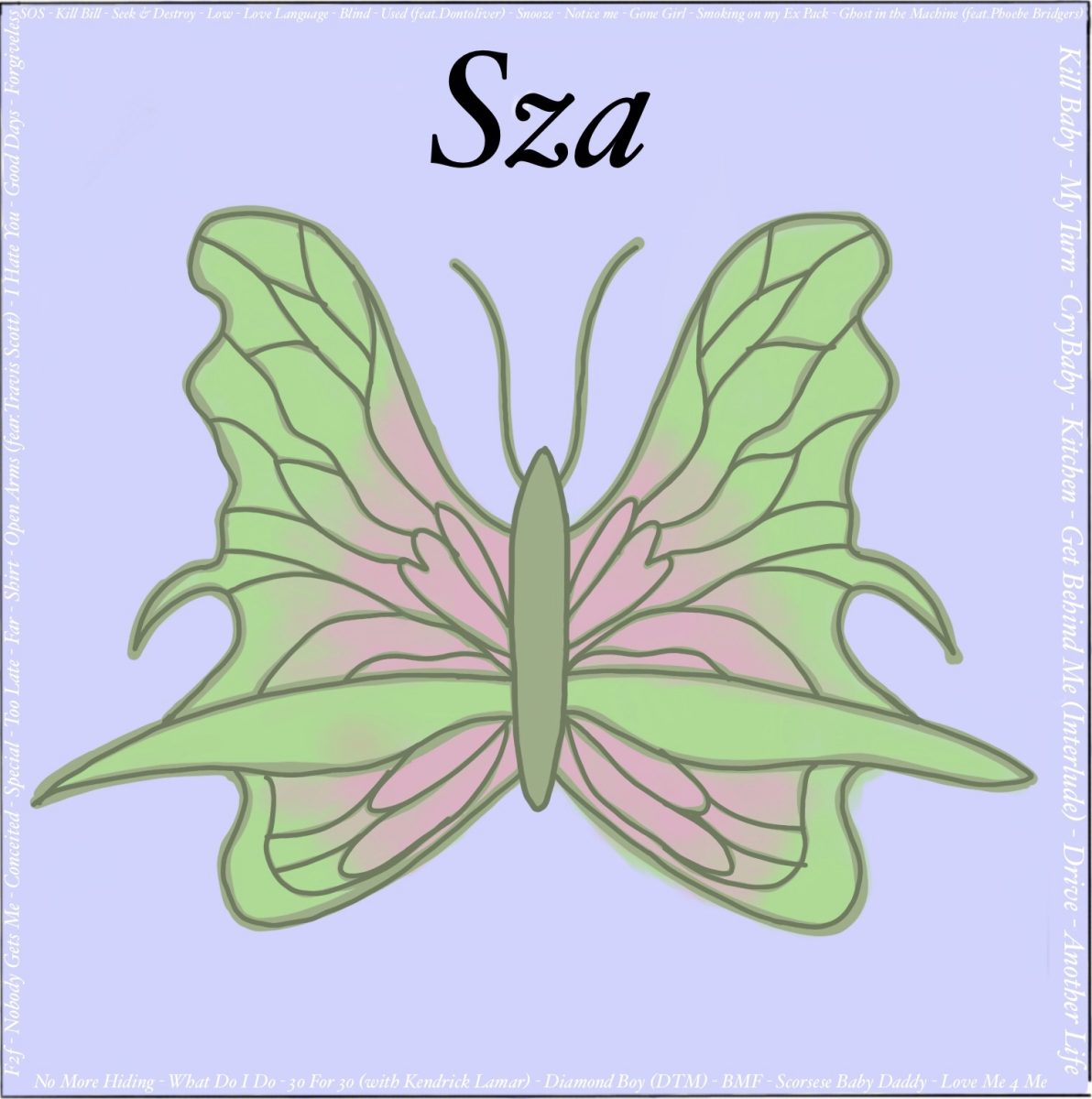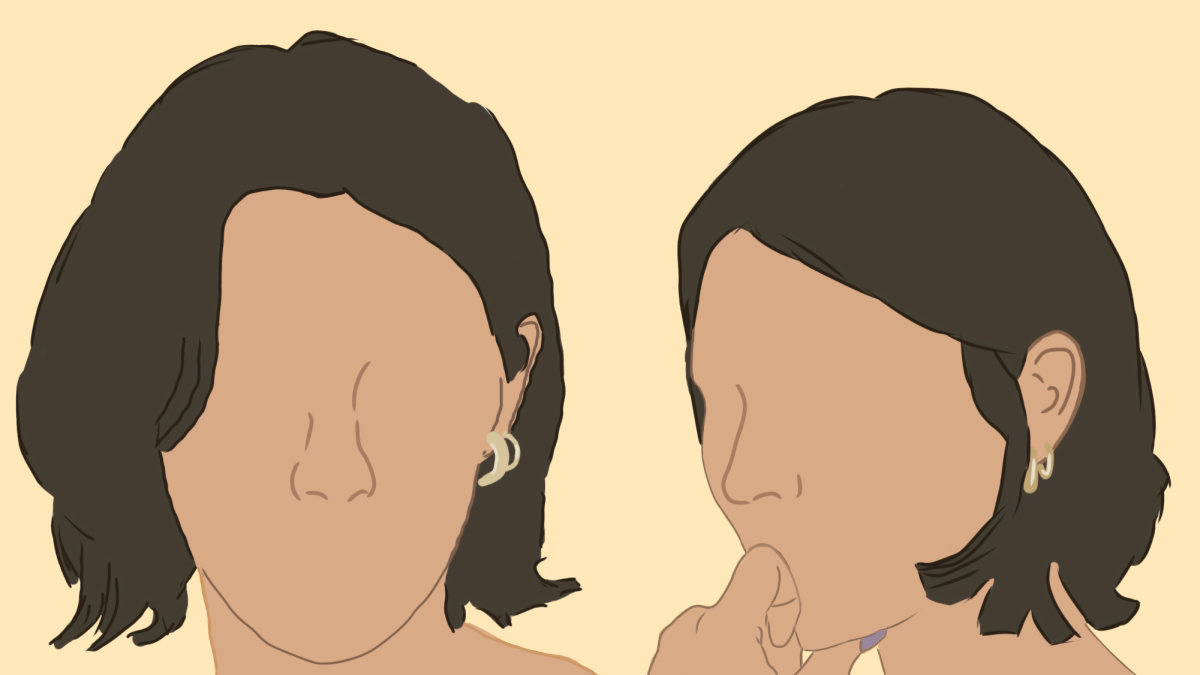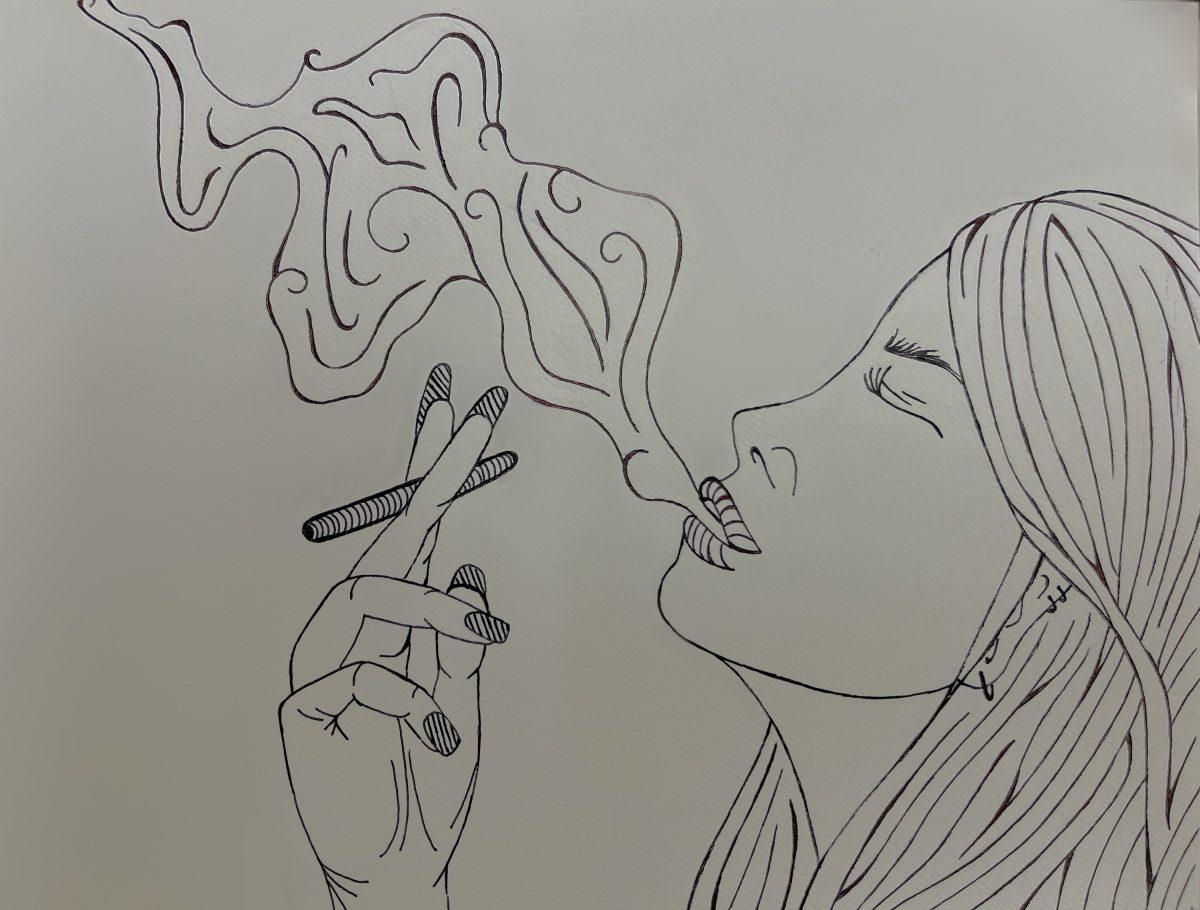Since Mar. 2020 students of the Novato Unified School District (NUSD) have made the transition from learning in a classroom to learning in their homes. The dates for returning to in person instruction have changed numerous times due to changing COVID-19 protocols. As of Oct. 2020, the plan for return will be a slow, progressive process with only a few grades returning at a time.
Going back to school has raised many questions for The NUSD community: When will it happen, how will the transition be safely executed, and who will be affected?
On Oct. 6, the NUSD Board of Trustees announced a plan for a gradual return to in person instruction. Phase 1 allowed transitional kindergarten, kindergarten, and special education classes to begin in person on Oct. 26th, followed by 1st and 2nd grade that returned on Nov. 9th. For phase 3, grades 3rd through 6th will return on Nov. 30th. Phase 4, involves 7th through 10th grades returning Jan. 4, and phase 5, will allow 11th and 12th grade to return on Jan. 11th. This plan includes strategic safety precautions to mitigate the spread of COVID-19.
A 30-point plan was created and approved by the Marin County Board of Health, covering all systems and strategies put into place to lessen the potential spread of COVID-19.
“We have turned to the COVID-19 experts at the Marin County Board of Health,” Assistant Principal Mike Casper said. “We are following their lead, and then going off of what their recommendations are. When they return, students will enjoy time with their friends and teachers, and engage in school, just in a safer way. Meaning wear your mask and proper social distance, six feet apart, and sanitize and wash your hands.”
Students and families who have previously decided to not return to in-person classes will continue to learn online via San Marin’s Virtual Learning Academy (VLA). Those who have chosen to return to in person learning, should anticipate a hybrid model learning experience. This format will be half online and half in person, varying on the students last name, to limit the number of students in the classroom at any given time.
The NUSD community has somewhat adjusted to the flexibility of distance learning, and some worry about the rigidity of the transition.
“Having to juggle between doing stuff online half the week, and doing stuff in person may be difficult,” senior Wesley Fink said. “At least we are going back in January, so we can start fresh next semester instead of trying to fit in this awkward transition halfway through the semester.”
In March, students had to switch to online classes mid semester which was an abrupt situation where students had to adapt rapidly. Some worry that the same intensity will occur if the NUSD decided to switch mid-semester.
“The hybrid model may lead to some issues, and I think that being split in half is going to make it more difficult to feel fully engaged in classes,” sophomore Mandy Bell said.
Not only are students worrying about the difficult transition, but teachers are also worried about how they will continue to manage both their online and in person teaching platforms.
“I’m pretty concerned about how I will manage to engage students over Zoom and in person,” science teacher Melissa Havel said.“It seems difficult to focus on students on the computer and in the class at the same time.”
Many teachers are concerned about having to change their current teaching style to the hybrid model, and also have worries about their safety and the safety of their students.
“I’m also concerned about safety for all of us and really hope we can keep everyone healthy and covid-free,” Havel said.
As per the Marin County Board of Health guidelines, mask wearing, social distancing and hand washing and sanitizing will be required.
“There will be plexiglass dividers and mandatory mask wearing, plus reminders to social distance throughout campus,” San Marin office manager Lisa Walera said.
San Marin’s COVID-19 ‘task force,’ a group of adults who have been in charge of preparing the campus for students and staff to return, have been rearranging desks in classrooms to be six feet apart, replacing all the air filters, and adding social distancing signage and hand sanitizer stations across campus.
“I know that the district and the school are taking all the proper precautions of having a limited number of students and all kinds of mask wearing measures; I’m glad they’re doing that,” Fink said.
Students have vocalized that the absence of social interaction that comes along with distance learning is a major challenge.
“I have a hard time motivating myself while online, however the lack of socializing and the feeling of isolation has been the hardest part of distance learning,” Bell said.
She shared that the few interactions she has over Zoom are simply not enough and that the insufficiency of social exchanges have had a negative impact.
“I kind of rely on the social aspect of school, so it’s definitely been a big change, and honestly pretty isolating,” Bell said. “I also think it’ll be nice to see my teachers’ faces in person and get to know them better. I am also looking forward to a safe version of socializing on campus.”
Teachers share that they relate to those struggles as well. Many say a big part of teaching has to do with the relationships formed between students and teachers and the inadequacy of it has been a tough factor of online teaching.
“I think it has been pretty hard to form relationships with my students virtually in the same way I did in the classroom,” Havel said. “It’s hard to make the same connections when we don’t have a back and forth rapport like we have in a classroom.”
Havel is most excited to hear her students laughing in the classroom.“It feels so awkward to think you are saying something funny and just have it be totally silent,” Havel said. “I like to have fun and laugh in class and I really miss the back and forth you have with students in an in person setting.
